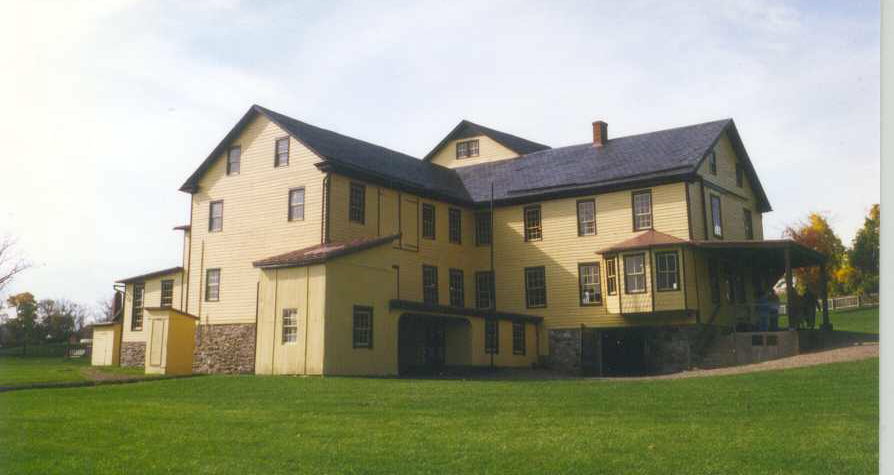Gruber Wagon Works
Gruber Wagon Works

The Gruber Wagon Works survives as one of the most complete examples of an integrated rural manufactory of its kind in the nation. Erected in 1882 by Franklin H. Gruber, the wagon works evolved from a single craftsman shop, having a variety of specialized hand tools, into a family-operated business which employed up to 20 men who utilized mass-production methods. Unlike a modern assembly process, wagon parts were transported back and forth between various rooms in order to complete a segment of the work.
Wagon wheels were constructed in the bench shop, and wooden parts of the wagon were made from patterns in the wood shop. Wheels were "tired" and wagons were "ironed" and assembled in the blacksmith shop. The distinctive striping and scrollwork were applied by hand in the paint shop.
During the winter of 1976-77, the Gruber Wagon Works was moved by the Army Corps of Engineers from its original location near Mt. Pleasant. In 1978, the Gruber Wagon Works was designated as a National Historical Landmark by the United States Government, commemorating its historic significance as an industry from a bygone era of American craftsman.
Two books "The Gruber Wagon Works: The Place Where Time Stood Still" and "Wagon Making in the United States During the Late 19th through Mid 20th Centuries" are now available for purchase.